

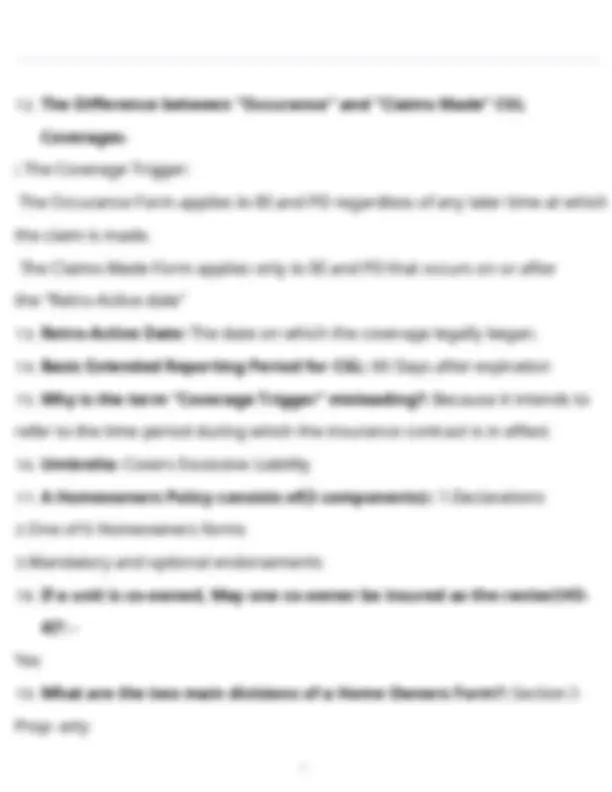
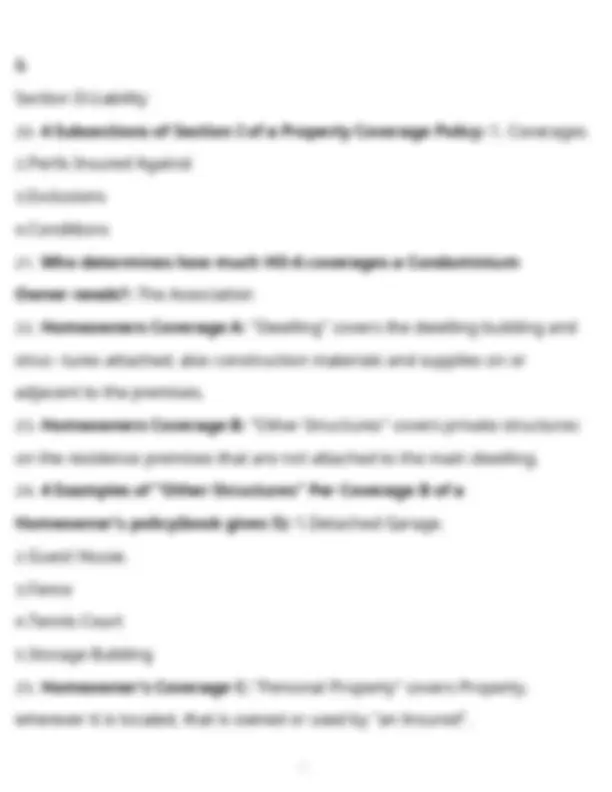
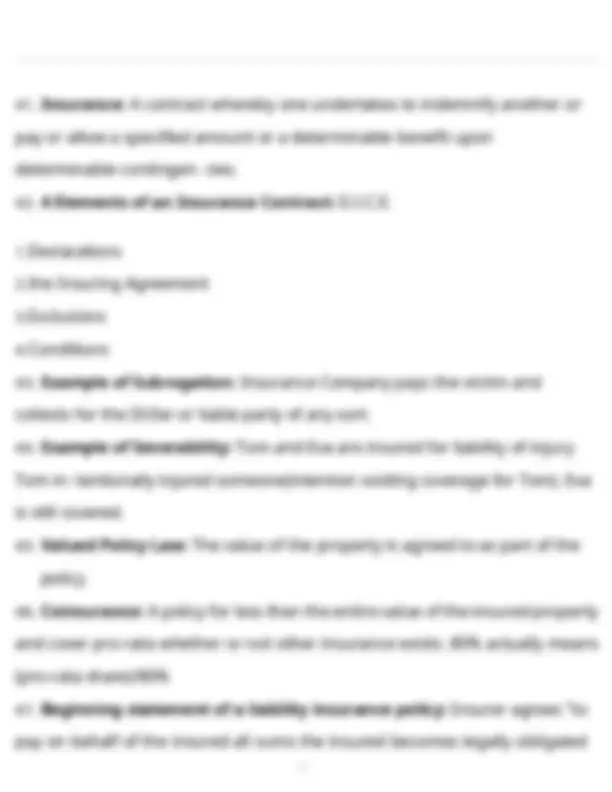
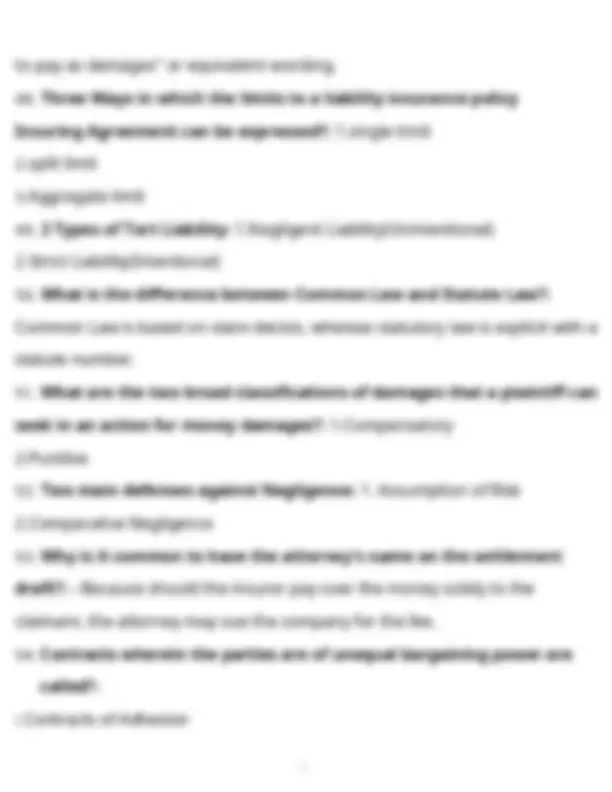
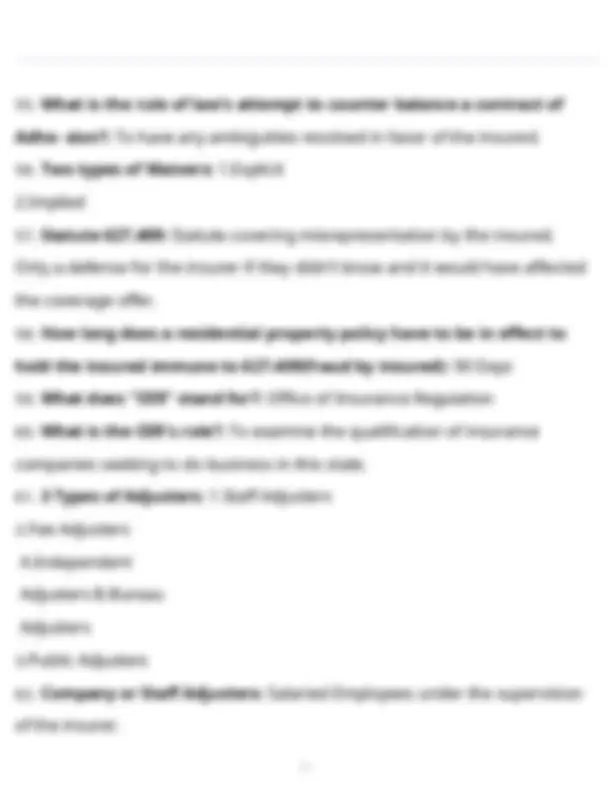
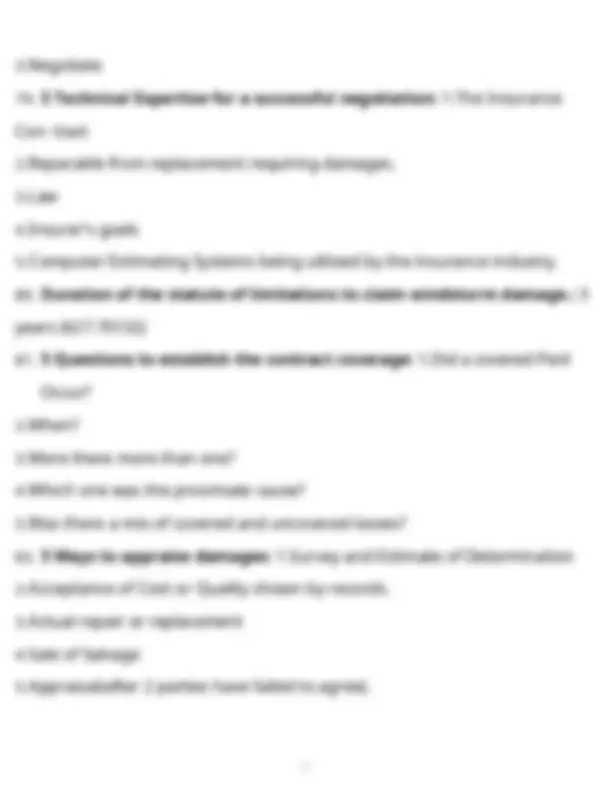
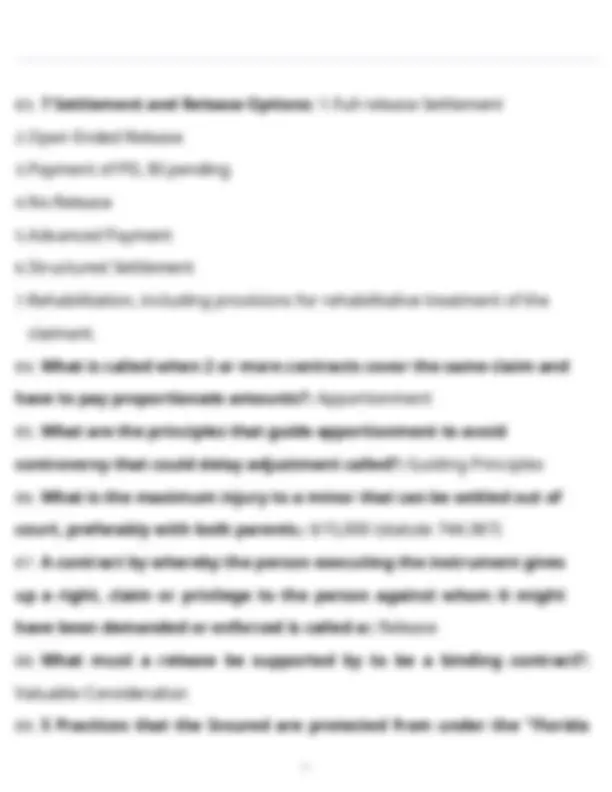
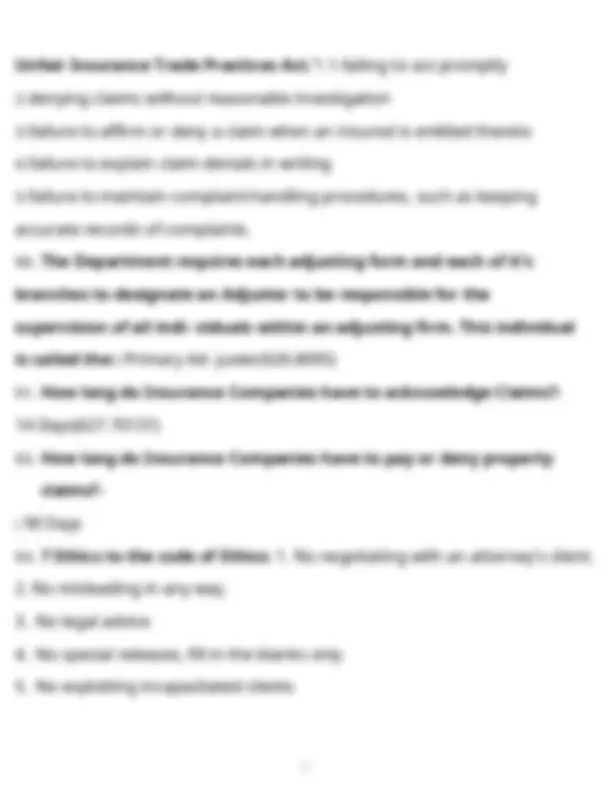


Study with the several resources on Docsity

Earn points by helping other students or get them with a premium plan


Prepare for your exams
Study with the several resources on Docsity

Earn points to download
Earn points by helping other students or get them with a premium plan
Community
Ask the community for help and clear up your study doubts
Discover the best universities in your country according to Docsity users
Free resources
Download our free guides on studying techniques, anxiety management strategies, and thesis advice from Docsity tutors
Florida Public Adjuster State Test Questions and answers Florida public adjuster exam public adjuster test Florida Florida adjuster license practice questions public adjuster exam prep Florida Florida insurance adjuster test study guide public adjuster sample questions Florida Florida adjuster test questions and answers public adjuster license exam Florida Florida public adjuster practice test Florida public adjuster study material insurance adjuster exam Florida public adjuster exam questions Florida prepare for Florida public adjuster exam Florida public adjuster certification test public adjuster training Florida best practice test for Florida public adjuster Florida public adjuster study guide how to pass Florida public adjuster exam Florida public adjuster exam online course public adjuster test preparation Florida Florida public adjuster test prep resources Florida adjuster exam reviews public adjuster exam tips Florida Florida public adjuster exam format Florida public adjuster
Typology: Exams
1 / 16

This page cannot be seen from the preview
Don't miss anything!










1 /
2 / 2.Policy Period 3.Premium 4.Limits of Coverage
4 /
5 /
Section II-Liability
7 /
8 /
10 /
11 /
13 / 3.Negotiate
14 /
16 /